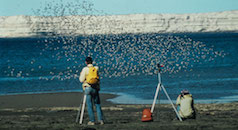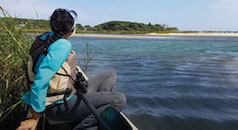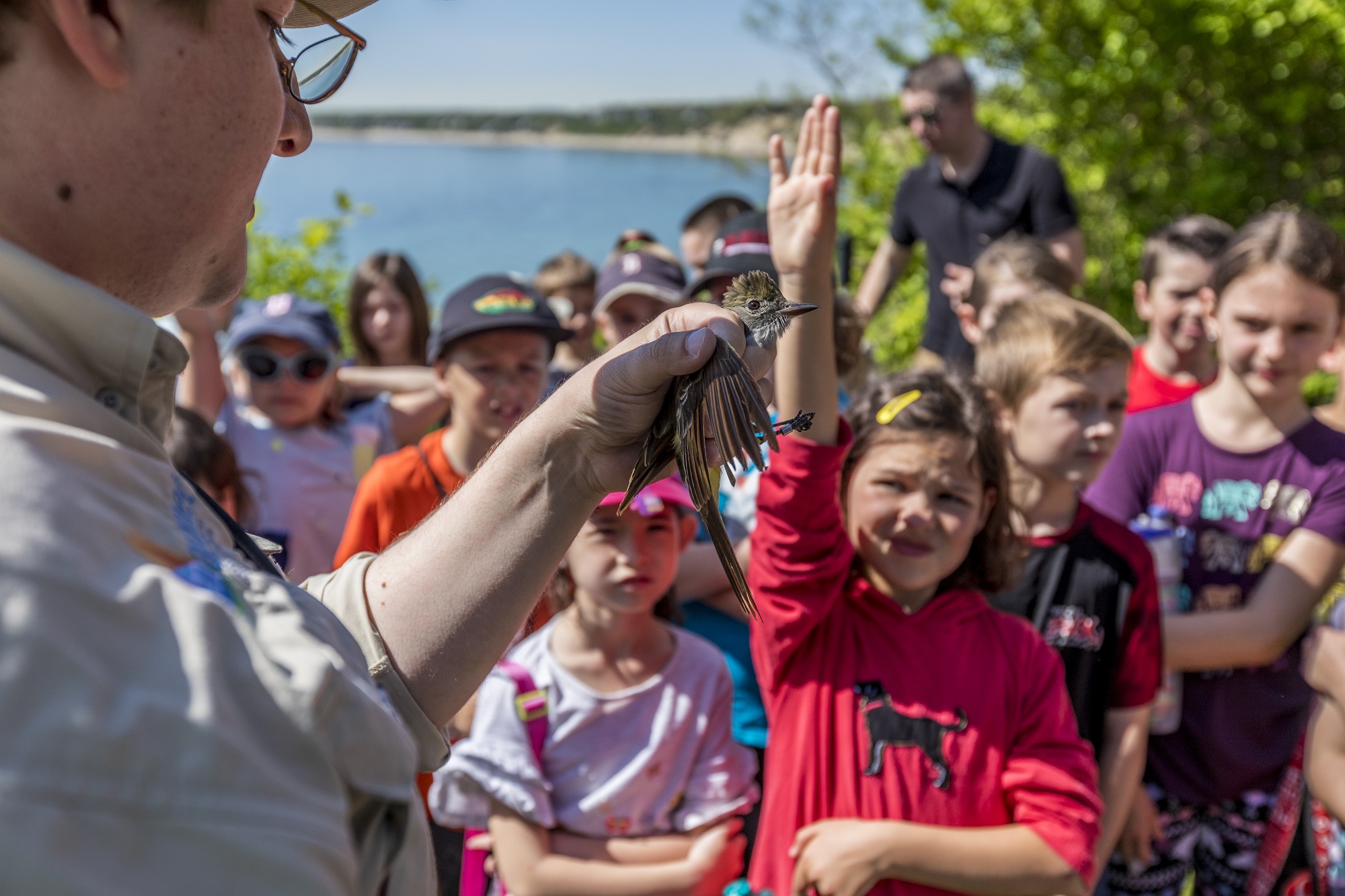Ethel Wilkerson is a program manager in Manomet’s Sustainable Economies Program. She leads the Clear Water Carbon Fund, which plants trees on deforested riverbanks to protect water quality, create wildlife habitat and remove carbon from the atmosphere.
On January 28, Wilkerson will speak at Manomet headquarters about protecting water quality and fighting climate change.
The event is free and open to the public. Click here to register.
Why did Manomet launch the Clear Water Carbon Fund?
Wilkerson: I came to Manomet 11 years ago to lead a field research project on the importance of forests for clean water and wildlife habitat. The study focused on the how trees growing on stream banks helped maintain and protect stream temperature, water quality and aquatic organisms.
I was working on the importance of trees for protecting clean water, and [former Manomet scientist] John Gunn was working on understanding how forests could be used to fight climate change. We realized that planting trees along stream banks could create healthier watersheds and at the same time remove carbon from the atmosphere.
How does planting trees help watersheds?
Wilkerson: Trees provide wide-ranging benefits, including clean and safe drinking water, habitat for fish and wildlife and recreational opportunities that are critical for a community’s economy and quality of life.
The percentage of forests within a watershed is the single greatest predictor of water quality. Trees growing on the banks of rivers play a critical role in keeping water cool and clean and providing habitat for fish, birds and amphibians. In agricultural or urban areas planting trees along rivers and streams is recognized as a cost-effective strategy for improving watershed health. As they mature each tree also removes 570 pounds of CO2 from the atmosphere.
What has been the response to the CWCF?
Wilkerson: People always say, ‘that is a great idea!’ We’ve seen a lot of enthusiasm from the volunteers who help us plant trees and from the landowners who own the farms and fields where the trees are planted. Some of our most rewarding feedback was after we worked on stretches of the White River in Vermont that were devastated by the flooding and damage from Hurricane Irene. Entire sections of the river were completely deforested and needed to be restored. The Fund made it possible to replant sections of the river at no cost to the landowner or community. The plantings were a community effort-school kids planted trees and learned about how the trees made the river healthier. It was wonderful to see!
What makes the Fund appealing to so many people?
Wilkerson: One of the strengths of the Clear Water Carbon Fund is that it helps people take action on environmental problems that seem large and complex. Planting a tree is an easy and tangible way to protect clean water, restore habitat and take action on climate change. You don’t need to understand the intricacies of climate change or stream ecology to take action in a tangible way. Planting a tree with the Clear Water Carbon Fund is easy and has wide ranging benefits.
What is the future of the CWCF?
Wilkerson: We are continuing to plant trees in five watersheds in Maine and Vermont. We work with local watershed groups to get students and citizens involved in planting and taking care of trees, getting people directly involved in the health of their local watersheds. We will also continue raising money to plant trees by working with the Mad Marathon in Vermont by allowing runners to offset their travel to the event. We will have more partnerships and plantings to announce later in 2014.
Click here to learn more about the Clear Water Carbon Fund.
Click here for more information about Wilkerson’s presentation on January 28.





 Back to all
Back to all